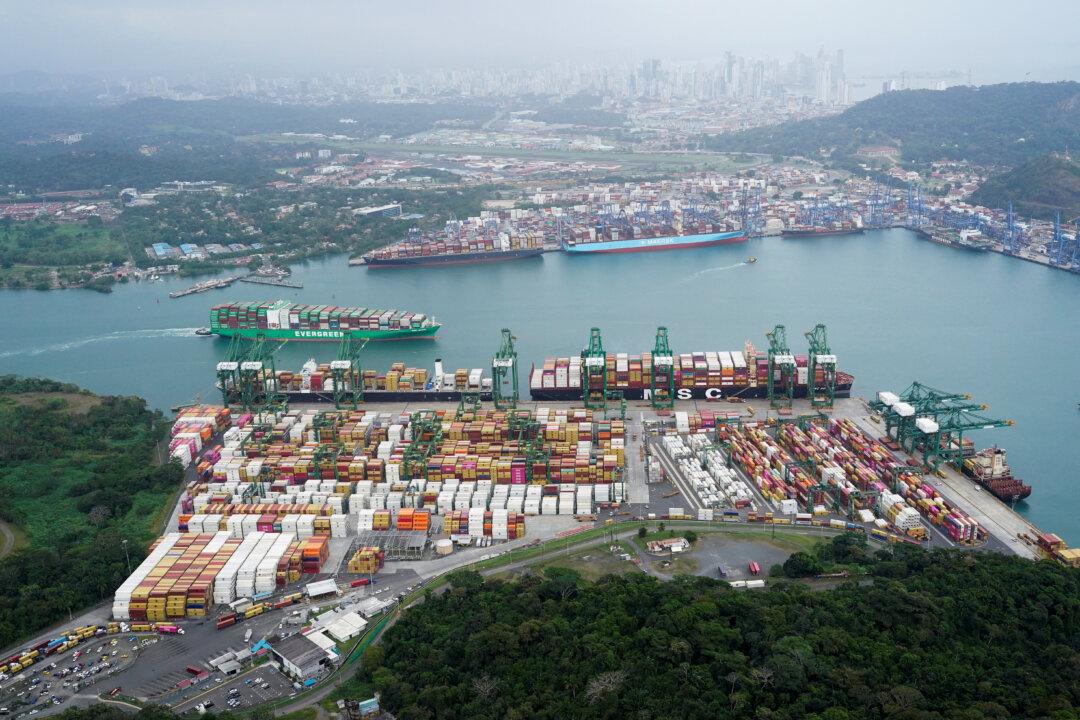How seriously does the arrival of “peak coal” in China affect its strategic viability?
China’s coal reserves, the essence of its energy security, are now in decline.
More than half of China’s energy is delivered by coal. Domestic oil production had already peaked in 2013. In 2020, China produced 3.9 million barrels a day of domestic oil; it consumes 14.2 million barrels a day.
This arrival in 2021 of “peak coal” in China was forecast in 2013 by Australian scientist David Archibald, who noted in The Wentworth Report on Nov. 26: “Cheap coal has been the Chicom’s [Chinese communist] source of strength, enabling them to threaten most of their neighbors and bully others as far away as Lithuania. But peak coal has arrived on schedule for the Chicoms and they are now staring into the abyss of rapidly declining coal production.
“Coal consumption at 4,000-million tonnes per annum is the energy equivalent of 50 million barrels of oil per day, which, in turn, is half of world daily oil consumption. The cost of resource extraction tends to rise strongly once half the resource is extracted. The Chicoms are halfway through their initial coal endowment, and are now entering a world of hurt,” he wrote.
Archibald indicated that China could do what the West did in the 1950s and ’60s: turn to nuclear power. However, despite its massive commitment to nuclear power stations, Beijing hasn’t built enough reactors to compensate for the loss of domestic coal. And it would be difficult to build nuclear power stations at a sufficient rate to compensate for the decline in coal.
He noted: “Apart from underwriting their export industry, cheap power from coal also keeps China fed. China uses 393 kg/hectare of nitrogen fertilizer to produce an average of six tonnes of grain per hectare. Nitrogenous fertilizer in China is made using coal as the energy source.
“Chicom coal production is now concentrated in three of [mainland] China’s 23 provinces: Shanxi, Shaanxi, and Inner Mongolia. Production from other provinces in aggregate peaked a decade ago. China started importing coal once its own production costs rose above the price of imported coal. Imports have risen to about 10 percent of Chinese coal consumption.”

Archibald noted that some coal reserves in Xinjiang were being developed, but that the region was too far from the demand centers on the east coast for transport by train. So three ultra-high voltage lines were built, operating on direct current. This technology has very low transmission losses.
He also noted that Xinjiang also was where China had expanded its silicon smelting industry to meet the global demand for photovoltaic panels. Making polysilicon wafers takes 117 kWh of power per kilogram. Some 45 percent of the world’s polysilicon is now made in Xinjiang. Peak coal for China means that renewable energy will become too expensive for the rest of the world to install.
China’s declining coal production makes it easier for the Chinese Communist Party (CCP) to claim that it’s moving toward a reduction in carbon emissions by reducing coal mining. But Beijing has little choice in the matter. It will increase the rate of mining of what coal remains in mainland China, to stave off short-term problems.
The declining demand for steel on world markets and within China’s own market—exacerbated by the present glut in steel—means that less coal will be needed for steel production. Again, this enables Beijing to portray its “climate change” commitments in a virtuous light, but it merely reflects a declining pace of economic activity in the country.
The chance for Xi Jinping to exploit this “virtue” of coal reduction could have been made at the recent COP26 conference on climate change held in Glasgow, Scotland, from Oct. 31 to Nov. 12, but it was not.
Xi was one of the major world leaders not to attend COP26. He was reluctant to leave China at a delicate time for the CCP and his own career. Xi was shoring up support for his reelection at the 20th Party Congress in October 2022, so that he could win an unprecedented third term—essentially a lifetime term—as the CCP leader.
He was attempting that balancing act at a time when China was running out of the hard currency required to ensure continued strategic growth for the Party and the state. Xi has been attempting to project the image that communist China continues to be a “rising power” when, in fact, its economy has been in serious decline since about 2015.
So Xi has had to begin ring-fencing the Party from the freedoms of the private sector, which had begun to challenge the CCP for control of society. He has been simultaneously claiming that China was increasing its economic and strategic growth while presiding over the introduction of controls to curtail the private sector. The CCP’s economists talk of the return to a Maoist “circular economy” in mainland China, in which dependence on foreign markets would be dramatically reduced.
So, too, would standards of living, to the point—as occurred under Xi’s role model, Mao Zedong—where mass starvation and poverty would result. But the Party would be secure in its control.
Will China return to the world markets for coal and iron ore? Possibly to a limited degree, given the declining domestic and international demand for steel. Will rising coal costs end China’s near-monopoly on the production of solar panels? Probably.
Will reduced fertilizer production from coal exacerbate China’s food crisis, given that it is overwhelmingly dependent on imported food to survive? Absolutely.
And if the Chinese regime engages in hostile military actions that involve the United States—such as an attack on Taiwan—then America could cut China off from U.S. supplies of agricultural products.
Xi’s challenges mount.





